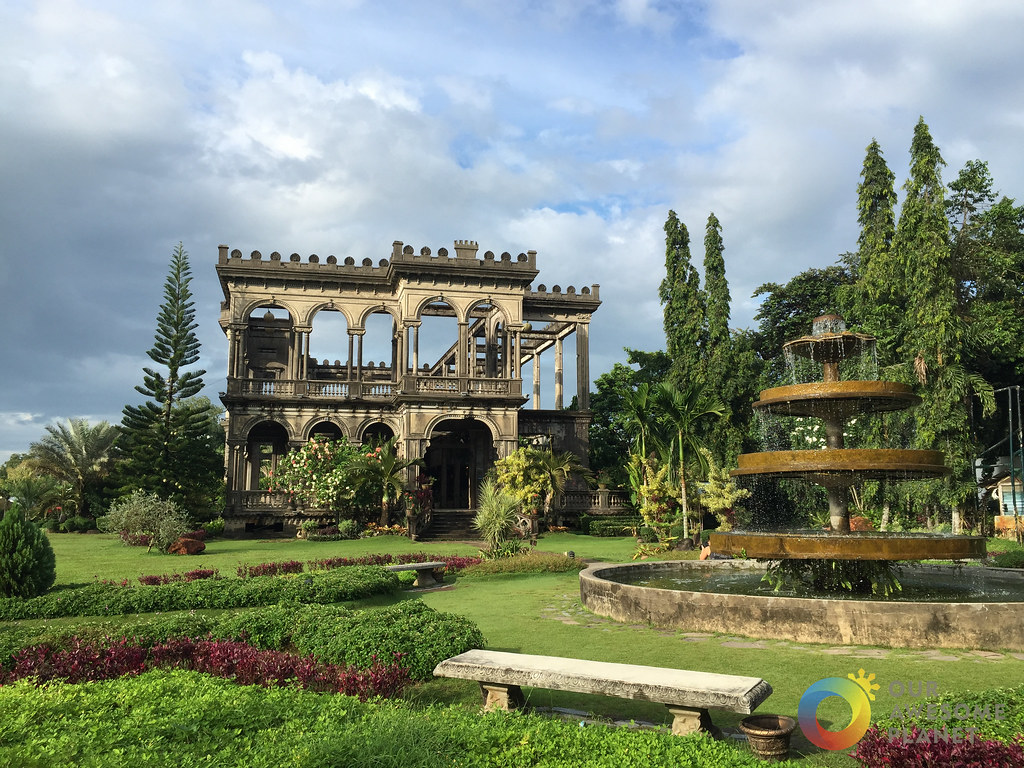To explore the Philippines’ ruins is to embark on a captivating journey through time, offering a deeper understanding of the country’s multifaceted heritage. Philippine Ruins Tracing the Footsteps of Time The Philippines is a country rich in history and culture, with remnants of its past scattered throughout its archipelago. One fascinating aspect of Philippine history lies in its ruins – structures that have stood the test of time, bearing witness to the country’s colonial past and turbulent journey towards independence. These ruins serve as tangible reminders of the Philippines’ complex heritage, showcasing influences from various civilizations that once occupied these lands. From Spanish colonial architecture to ancient indigenous settlements, each ruin tells a unique story about the people who lived there and their way of life. One notable example is the Intramuros in Manila, also known as The Walled City. Built during Spanish colonization in the 16th century, this fortress-like structure served as a defense against foreign invaders.
Today, it stands as a symbol of resilience and endurance amidst centuries of change. Visitors can explore its cobblestone streets lined with well-preserved buildings such as Fort Santiago and San Agustin Church – both recognized by UNESCO as World Heritage Sites. Moving away from urban centers, another remarkable ruin awaits adventurers on Negros Island – The Ruins. Located in Talisay City near Bacolod, this mansion was built by Don Mariano Ledesma Lacson for his beloved wife Maria Braga Lacson. Unfortunately, it was burned down during World War II but has since been restored into an enchanting tourist attraction surrounded by lush gardens. Its Italianate architectural style combined with Filipino craftsmanship creates a captivating blend that transports visitors back to an era defined by elegance and opulence. Further south lies Bohol’s Chocolate Hills – geological formations consisting of over 1,200 perfectly cone-shaped hills spread the ruins across an area spanning more than 50 square kilometers.
These hills are believed to be formed through coral deposits uplifted by tectonic forces millions of years ago. Despite being natural wonders rather than man-made ruins, they are a testament to the earth’s ever-changing landscape and its ability to create breathtaking sights that leave visitors in awe. In addition to these well-known sites, countless other ruins can be found throughout the Philippines. From ancient Spanish churches like Paoay Church in Ilocos Norte and Miag-ao Church in Iloilo, both UNESCO World Heritage Sites, to pre-colonial structures such as Banaue Rice Terraces – often referred to as the Eighth Wonder of the World – there is no shortage of historical treasures waiting to be discovered. Exploring these ruins not only offers a glimpse into the past but also provides an opportunity for reflection on how far the Philippines has come. It serves as a reminder of the struggles endured by previous generations and their contributions towards shaping today’s society.


